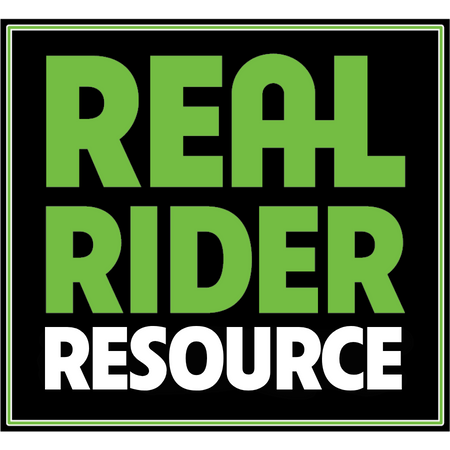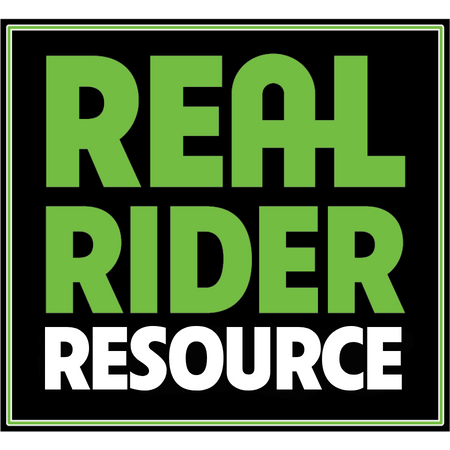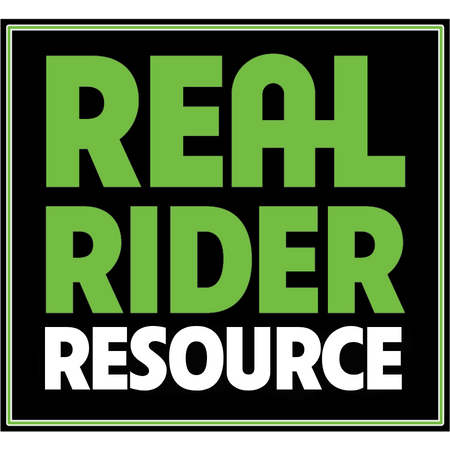Navicular syndrome is a degenerative condition affecting the navicular bone and surrounding soft tissues in the hoof. It’s one of the most common causes of chronic forelimb lameness, particularly in performance horses and those with certain conformational risks.
What Causes Navicular Syndrome?
- Excessive concussion on hard ground or repetitive impact
- Poor hoof conformation (e.g., long toe, low heel)
- Genetic predisposition in certain breeds
- Overuse and wear from intense work
- Restricted blood flow or inflammation in the navicular region
Signs Your Horse May Have Navicular Syndrome
- Short, choppy strides in front limbs
- Tripping or stumbling during work
- Intermittent or shifting lameness
- Reluctance to turn or work in tight circles
- Improvement after rest but recurring pain with exercise
Management Strategies
- Corrective shoeing to improve hoof balance and reduce stress
- Controlled exercise and rest cycles
- Soft terrain turnout to reduce concussion
- Veterinary-guided anti-inflammatory protocols
- Topical products like Draw It Out® 16oz Gel to support comfort and circulation
Why It Matters
Navicular syndrome can impact a horse’s long-term soundness and performance potential. Early intervention, proper farrier care, and supportive therapies can slow progression and extend your horse’s working life.










